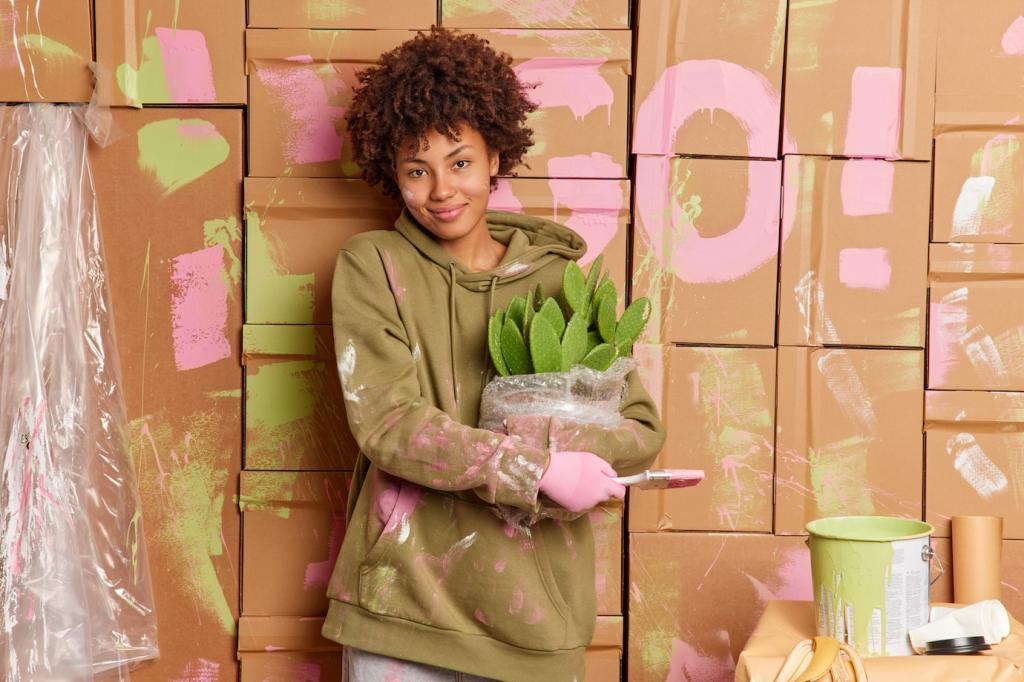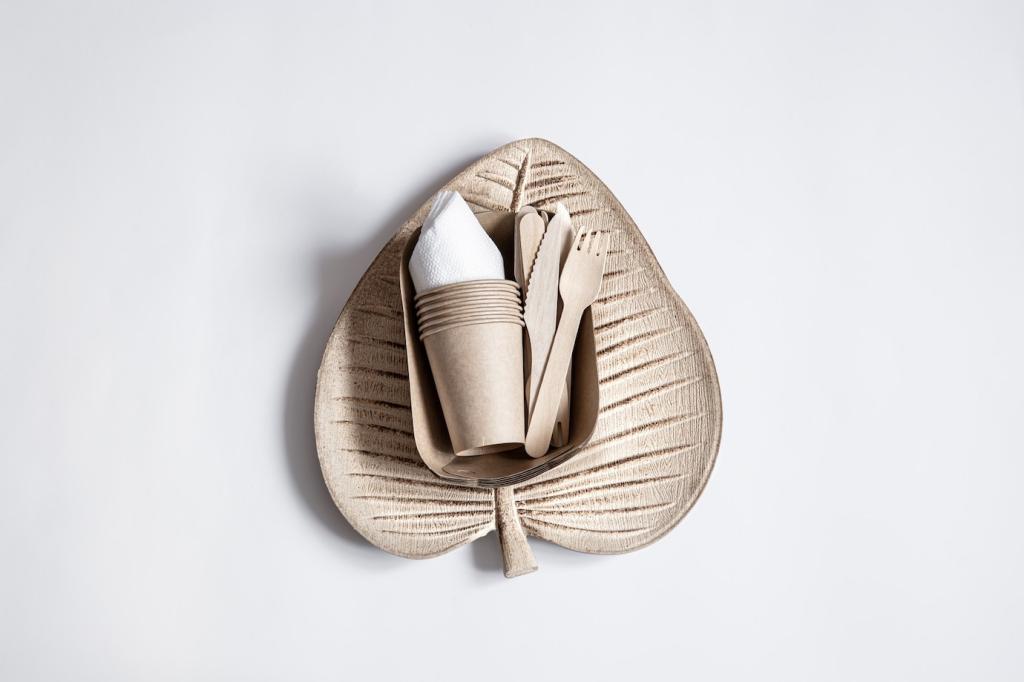Reimagine Home with Sustainable Upcycled Furniture
Chosen theme: Sustainable Upcycled Furniture for Eco-Friendly Interiors. Transform castoffs into character-rich, planet-friendly pieces that honor resources, elevate style, and tell stories worth sharing. Join our community to learn, contribute ideas, and subscribe for thoughtful, hands-on inspiration.
Why Upcycling Matters for Eco-Friendly Interiors
Every salvaged chair or table diverts bulky waste from landfills and reduces demand for virgin materials. Upcycling extends the life of wood, metal, and textiles while preserving forests, water, and energy embedded in existing pieces.
Why Upcycling Matters for Eco-Friendly Interiors
Manufacturing new furniture releases greenhouse gases through extraction, processing, and transport. Upcycled furniture repurposes existing components, dramatically lowering embodied carbon and supporting a circular economy that values repair, reuse, and thoughtful stewardship.


Sourcing Pre-Loved Pieces Responsibly
Where to Discover Hidden Gems
Check neighborhood curb alerts, architectural salvage yards, estate sales, and community marketplaces. Ask friends or local builders about discards. Many incredible pieces await rescue in garages, workshops, and storage units, ready for careful, sustainable transformation.


Assessing Structure and Potential
Look past chipped varnish and scuffs to evaluate frames, joinery, and weight-bearing points. Test for wobble, inspect for rot or rust, and favor solid wood or welded metal. A sturdy base ensures your upcycled piece will last decades.
Preparation, Safety, and Non-Toxic Finishes
Test paint for lead on vintage items. Use respirators, gloves, and dust collection. Prefer mechanical removal and gentle citrus-based strippers over harsh solvents. Proper containment keeps dust out of living spaces and protects indoor air quality.
Preparation, Safety, and Non-Toxic Finishes
Opt for low-VOC or zero-VOC paints, plant-based oils, and waterborne sealers. These finishes minimize off-gassing, cure quickly, and keep your interiors healthy. Always read technical data sheets and follow manufacturer guidance for durable, eco-conscious results.


Balancing Old and New
Pair a reclaimed farm table with streamlined metal chairs, or offset a vintage cabinet with minimalist lighting. Contrast creates richness. A simple palette and repeated materials help disparate elements feel intentional, curated, and authentically you.
Color, Texture, and Finish Strategy
Let wood grain shine with a matte oil, or apply a unified paint color to mismatched chairs for harmony. Add texture through natural fabrics, woven baskets, and ceramics. Finishes should complement existing architecture and daylight conditions.
Telling Stories Through Placement
Display maker’s marks, original joinery, or a patched panel proudly. Share the object’s journey in a small note or post. Inviting guests to ask about a piece turns furniture into conversation, memory, and environmental advocacy.
Smart Joinery and Hardware Upgrades
Replace failing staples with dowels or pocket screws, and upgrade to salvaged brass or stainless hardware. Thoughtful joinery avoids glue-heavy repairs, supports disassembly, and keeps the piece serviceable for future generations of caretakers.
Sustainable Upholstery Choices
Choose recycled or organic fabrics, natural latex cushions, and batting from wool or recycled polyester. Avoid flame-retardant chemicals when regulations allow. Reusing springs and frames preserves embedded energy while delivering modern comfort and longevity.
Modular Add-Ons and Adaptability
Add adjustable shelves, casters, or removable trays to extend usefulness across rooms and seasons. Design for disassembly so parts can be repaired, upgraded, or recycled. Adaptable pieces remain relevant and reduce future consumption.

Case Study: The Curbside Dresser Revival
Discovery and Vision
A neighbor set out a scratched mid-century dresser with missing pulls. I imagined a matte moss-green finish, warm reclaimed brass hardware, and cedar-lined drawers—combining durability, storage freshness, and a calm palette suited for a small bedroom.
Process and Materials
After testing for lead, I sanded with dust extraction, repaired loose dovetails, and filled veneer chips. Zero-VOC paint, plant-based varnish on the top, and salvaged brass pulls completed the look. Cedar offcuts lined drawers for natural deodorizing.
Outcome and Impact
The dresser anchors the room, reflecting daylight softly and organizing essentials without synthetic fragrances. By rescuing one item, we avoided new manufacturing emissions and gained a family story. Would you attempt a similar revival? Share your plans below.

Project Scoping and Scheduling
Define scope, list steps, and stage materials before sanding begins. Photograph baselines, label hardware, and plan drying time for finishes. A calm, organized process reduces waste, avoids rework, and keeps motivation high through each milestone.
Care for Long-Term Performance
Clean with mild soap, re-oil finishes seasonally, and tighten hardware periodically. Address scratches as stories, not flaws, repairing them when needed. Maintenance protects your investment of time and energy, prolonging usefulness and beauty.
Engage, Subscribe, and Inspire Others
Post before-and-after photos, describe materials, and share lessons learned. Ask questions in the comments, invite feedback, and subscribe for new tutorials, design walkthroughs, and eco-friendly finish tests. Your voice helps this sustainable movement grow.
